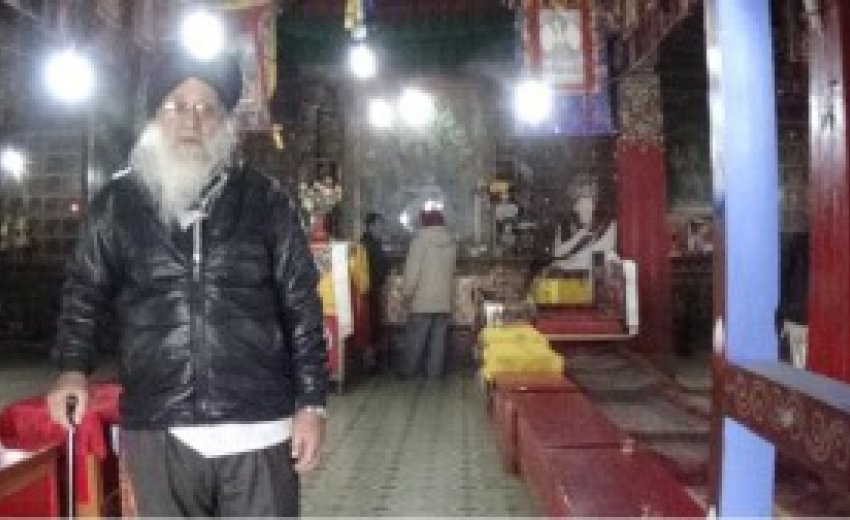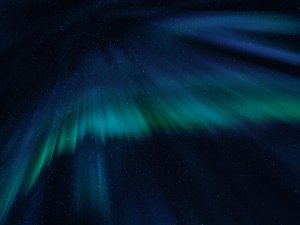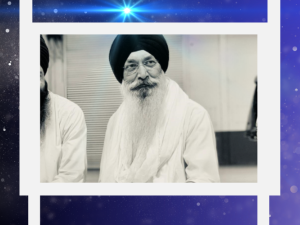Read part 1 here:
Desecreation of Gurdwaras in Sikkim Part 1 ~ Gurudongmar
DESECRATION OF GURDWARAS IN SIKKIM-PART II
Lachen
Dr Dalvinder Singh Grewal
Guru Nanak came to Lachen from Gurudongmar Lake through Thanggu. In between Thanggu & Lachen his footprints were on stone. These were blown off during road building and found in Teesta river and preserved in Lachen Gompha. Guru Nanak had left the royal robe presented to Him by King of Tibet for help in construction of Sakya Monastery. He also left his karmanadal. Karmandal, royal dress and footprints are preserved in this monastery which myself saw many times during my stay in Sikkim and later by S Harbhajan Singh Setia and numerous other groups of Sikhs who visited the gompha. This time these were not shown to us when we visited the monastery.
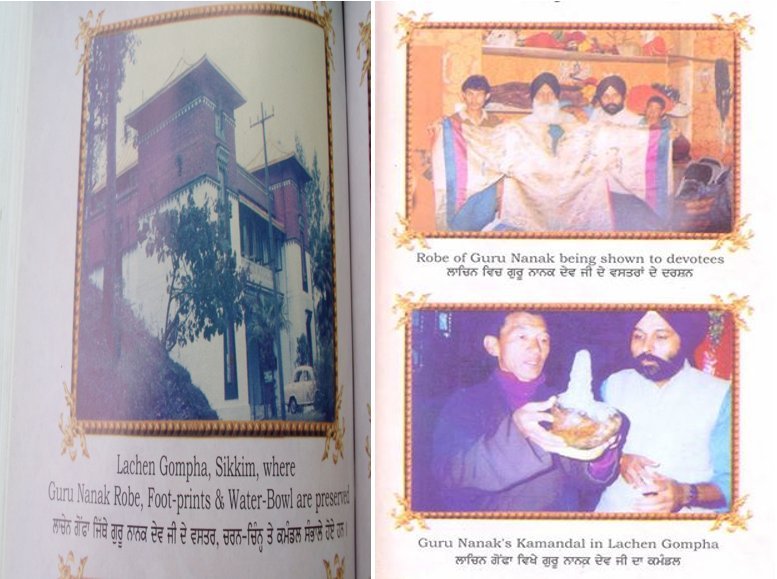
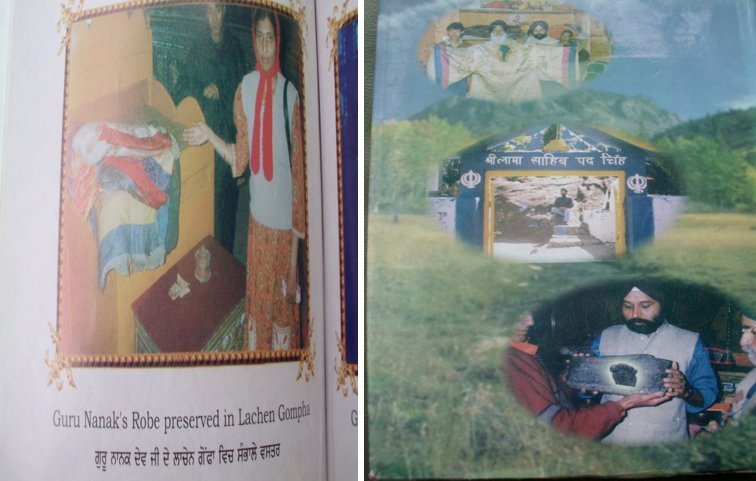
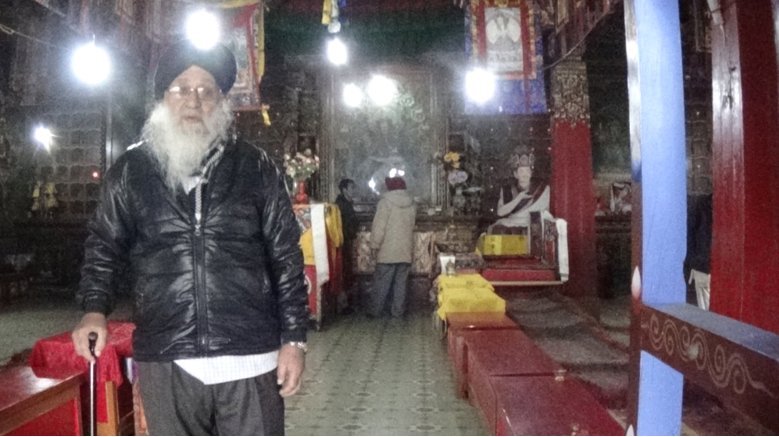 |
| Lachen Gompha which does not show the relics of Guru Nanak |
Situation as on 02-05-2105
The Vastar (dress), kamandal (pot) and the footprints are not being shown to Sikh visitors since last three years.
Other places connected with Guru Nanak in Sikkim are Chhorten nyimala, Muguthang, Nakku la, Thanggu, Lachung, Phodong Gompha, Yumthang, Pyakochin and Gorala which could not be developed due to raised controversy.
Records of Some Interviews
EXTRACT OF AN INTERVIEW WITH HEAD LAMA OF LACHEN
DR DALVINDER SINGH GREWAL
Lachen Gompha July 1988
DSG: Whom do you worship in this Gompha?
Head lama: We worship Guru Rimpoche, whom you call Guru Nanak.
DSG: Did Guru Nanak come to this place (Lachen)?
Head Lama: I am not good at Hindi. Pointing to a boy stsanding next : This boy knows both Hindi and Tibetan.
Through the boy interpreter
DSG: Did Guru Nanak come to this place (Lachen)?
Head lama: Guru Nanak visited this and other places in Sikkim as per our records in religious books in Tibetan. He came from Tibet….. Guru Nanak helped Tibetan king in preserving Sakya monastery in Tibet. King presented the robe. (He points to the robe in blue and red preserved in glass case). We worship Guru Nanak's idol (he shows an idol about 6 feet) placed on sanctum santorum. We have his footmarks on stone (He shows foot marks)
DSG: Where did you get these foot prints of Guru Nanak?
Head lama: These were on a stone by the side of Teesta river. These were blown off during road construction and fell into river and I later searched it out and placed it here.
DSG: Any other places connected with Guru Nanak?
Head Lama: There is a hot spring created by Guru Nanak near Jaure Bridge about 6 km from here. He visited Thanggu, Chungthang, Lachung and Phodong. His hand marks are at Gnalung and Thanggu on a big boulders. He came here from Tibet through Muguthang valley and visited Gurudongmar, Gagong and Thanggu. From here he went to Munsithang, Chungthang, Phodong, back to Chungthang, Yumthang and entered Yoksom where Tibetan Army is now camping enroute to Bhutan. He went to around 100 places in Sikkim. There is a place called Cheedang (Kidang) about 6 km North of Muguthang where his hand mark can be seen.
DSG: Tashi Dille
Head Lama: Tashi dille
EXTRACT OF AN INTERVIEW WITH SHRI J.K. BHUTIA (JKB)
DR DALVINDER SINGH GREWAL
Intelligence Office, Thanggu Oct. 1987
DSG: Will you please tell me as to what all places in Sikkim did Guru Nanak Rimpoche go?
JKB: He came to Sikkim from Tibet via Nakula and visited Gnalung where he rested. The area was very foggy and soggy and looked as if it is like hell hence Guru Nanak called it hell because Gnalung in Tibetan means 'Valley of hell'.
Therefrom, he visited the Muguthang valley. There a Rakshash (demon) known as Rambha used to reside in the valley. He was harassing the human beings and the cattle. Guru Nanak found him to be destructive and powerful and considered bringing him to True Path. The demon came to know about Guru Nanak's intention and also his powers. He changed his shape to various forms but could not escape from Guru Nanak's view. He became a tiger, an eagle, a fish and a rat turn by turn but Guru Nanak followed him throughout. Seeing this, he hid under a huge boulder thinking that he was out of the reach of Guru Nanak. Guru Nanak waited close to the boulder and started playing with two big boulders as if the children play with small pebbles. Rambha saw this from the hole he was hiding in. He came out to look at the play closely. Seeing this, Guru Nanak took out the weapon which, in Tibetan we call Phurba (ceremonial dagger) and threw at the demon. This destroyed the right eye of the demon. Rambha fell on Guru Nanak's feet. Guru Nanak advised him not to trouble human beings. Ramba took an oath never to trouble any human being or animal thereafter. He requested the Guru for the third eye which Guru granted him. Redeeming him, he proceeded further. From Muguthang he reached Thanggu area via Lungnakla and stopped at the Chopta bridge. You might have seen a chorten (monument) close to the bridge where a small rivulet flows in the form of a snake. Guru Nanak's handmarks are available at Gnalung. From Thanggu, Guru Rimpoche went to Chungthang and had his lunch. He went to Chungthang via Lachen. I also have the information from the local people and the Thanggu Lama who has most of the details. At Chungthang, Guru Nanak threw rice at the place close to where he was sitting. In Sikkim initially, we have had rice at that the place only and nowhere else in the entire Lachen and Lachung valleys.
From Chungthang Guru Nanak proceeded to Lachung. In the area of Bichhu there used to be a very dangerous demon. This evil spirit was more powerful than that at Chungthang. In order to redeem this evil spirit, Guru Nanak followed him up to the jungles and caught it. He took out the tongue of this evil spirit and ordered to worship the True Lord by being quiet.
Guru Nanak also visited Guru Dongmar. The people had lot of problems regarding water as all the lakes used to get frozen and people had no water to drink. They projected their problems to the Guru, who hit the water with a stick. The place where he hit never freezes. The water is also blessed by the Guru. The men and women, who do not have children and take it, are blessed with a child. Now a fair is organised every year by the local people on the lake area in honour of Guru Nanak's visit.
EXPOUNDER OF SIKH HYMNS OF GURU NANAK: RIGDZIN RIMPOCHE :
By Dr Dalvinder Singh Grewal
An Interview Taken In Oct. 1987
Chhimed Rigdzin Rimpoche, a 68 year old Lama, is considered as the only lineage holder and reincarnation of Nunden Dorje (Undeposed Powerful Thunderbolt), the foremost disciple of Buddh Sakyamuni. He is also recognised as the re-incarnation of Kyo-Chung Ltasa's Body. Nanam Dorje Dudjom's Speech and Guru Padamsambhava's Mind. He was made in charge of the 12 Gomphas (monastaries) in the Eastern Tibet at the age of 4 and has been controlling these even in 1958. After having migrated to India in 1958, he helped to establish the Tibetan Government in exile and refugee children village and handicraft centre. He recently retired after 25 years as the head on the Indo-Tibetan Studies Department of Vishva Bharti University Shantiniketan in West Bengal and is a Lama of high standing with in the Nyingma/Karmapa school of Tibetan Tantric Buddhism. He is also an accomplished Yogi and has taught many religious students in Europe and America. His interest is in Guru Nanak as one of the Guru Rimpoche on Nyingma/Karmapa sect. He has translated Japuji in Tibetan in consultation with the renowed scholar Rahul Sankratyan. He went on a visit to China and Tibet to deliver sermons and agreed to trace out the route of Guru Nanak's travels in China and Tibet. I interviewed him during his visit to North Bengal University where his son U.C. Lama (a friend of mine) is a professor in the University. The extracts of the interview are produced :-
(DSG : DS Grewal, CRR : Chhimed Rigdzin Rimpoche, UCL?
DSG: Would you tell me something about your life?
CRR: Though my name is Chimmed Riangdzen Rimpoche, but my more common name is CR Lama. I was born in East Tibet in 1922 and recognised as reincarnation in 1925 when I was just 4 years old. I was born poor and my parents never expected that I will ever be honoured with such a great honour. During my recognition when Guru Rimpoche Sulthun Sumbhu, head of the local monastary indicated my being the reincarnation of Ninden Dorje, number of other children of my age belonging of richer families were brought before the counsel for consideration as reincarnation as the rich and the authorities did not want that I, son of a poor man, should be declared as the reincarnation of such an exalted Rimpoche. About 200 Lamas tested our virtues and recommended me. Finally 5 Head Lamas each from central and eastern Tibet tested me and found me to be the true re-incarnation. I was first recognised by the Realised Master Tulku Tsurlo and later by nine other lamas which included the thirteenth Dalai Lama. Three very special tang-rils (divinations) were performed in which various names were written on paper and placed inside dough balls. At each of these tang-rils the only name to remain floating in the water bowl was my name. These tang-rils were performed in three highly auspicious places to guarantee their complete efficacy in front of Jowo Statue (the most ancient statue in Tibet) in the Jor-khang temple in Lhasa and before the assembly of Lamas engaged in powerful Protector Rites at the Khordong Gompha (place of meditation). Finally I was declared as reincarnation and exalted Nunden Dorje.
DSG: Do you believe in reincarnation?
CRR: Don't you believe in 84 lakh jonies?
DSG: Do you still believe in miracles?
CRR: Yes I will ask you to listen to a chapter from my own life. At the age of 9, I took a stone in my left hand and squeezed it thereby altering its shape. I being naughty as a child, used to be locked inside my room but due to my magical abilities, was always able to escape without breaking the door or lock. At the age of 10, I discovered two important volumes of Terma and an iron Terma box.
DSG: We Sikhs don't believe in miracles.
CRR: But Guru Nanak has shown number of miracles. He stopped a falling boulder in Punjab; he rotated Mecca; he also directed a poor man to the treasure in the Bhutan. In Tibet he subdued demons with miracles, In Kokonoor he found treasure from lake.
DSG: Did Guru Nanak visit Tibet?
CRR: Yes, he did. He went to Mansarovar, he went to Lhasa, he went to Kokonoor lake, he visited Samya and Saakya monasteries.
DSG: How can you say this?
CRR: We worship Nanak Lama in all our monastries and have installed his statues. We mention him in our prayers, we have mention of Guru Nanak in our books. I have also translated Japuji in Tibetan.
DSG: What all routes did he adopt while visiting Tibet?
CRR: The route I can't tell exactly. But what I heard is that Guru Nanak or Nanak Lama or Guru Rimpoche as we call him, came from Rawalsar through Durang in Himachal Pradesh and visited Mansarovar and Kailash where he held discussions and created a great impression on local people and the saints. From Mansarovar he went to India probably and through Nepal crossed again to Tibet. He had visited Sakya monastery and other adjoining areas. To my mind, he came to Sikkim from Sakya monastery and went to Bhutan and to Lhasa through Tawang. Hand written script of Guru Nanak is stated to be preserved in Lhasa. He also visited Kokonoor lake, a sacred lake now in inner Mangolia. In Tibet he is known as Nanak Lama, Guru Rimpoche and also Guru Guopka Maharaj. He visited Samya Monastery also probably on return from Tibet. En route, he is stated to have visited Gokakula peak where even vultures cannot reach.
DSG: Do the people in Tibet know about his visit?
CRR: Yes, I keep on visiting China and Tibet. There they mention about it.
DSG: Do you mean that he visited China also?
CRR: Yes. That is what I heard but I cannot say definitely. Guru Rimpoche had great powers.
DSG: When did you translate Japuji in Tibetan?
CRR: I translated it in 1956-57 with the help of Rahul Sankratyan.
DSG: Did you get it published?
CRR: Not yet. I am eager to publish it but presently the manuscript is left at Shantiniketan where I taught for sometimes as Head of Tibetan Department.
DSG: I will be eager to get it published. Will you be able to get it by May-June?
CRR: I will try. Presently I am to go to Germany and then to China and Tibet. On return, I will give it to you.
DSG: Thanks, Tashi Dille
CRR: Welcome again, Sat Sri Akal.

